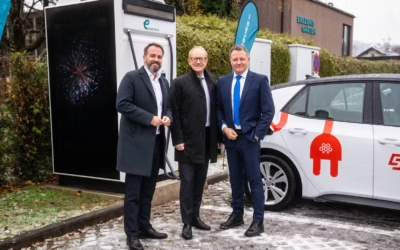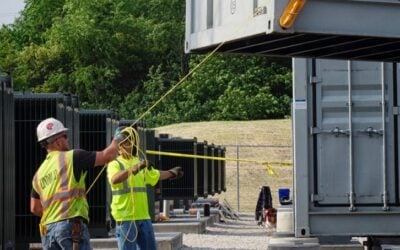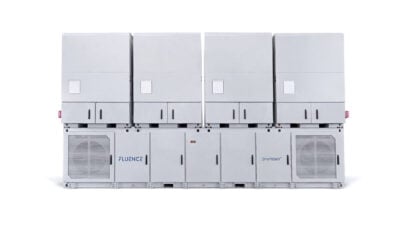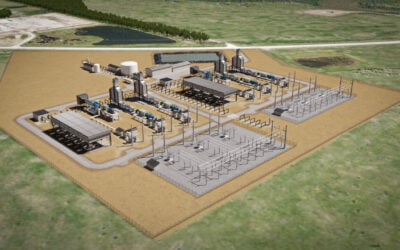Credit: Heisenberg Media
Tesla posted further net losses in the quarter ended 30 June, shedding US$293.2 million in the period, equivalent to US$2.09 per share. Its revenues finished at US$1.27 billion, up 33% on the same period of the previous year.
Despite posting its thirteenth consecutive quarterly reverse, chairman and chief executive Elon Musk suggested on an earnings call the company’s proposed merger with US residential PV firm SolarCity could create a US$1 trillion company.
“The potential is there for Tesla to be a US$1 trillion market-cap company. If we play a major role in the transition of the world to new form of energy generation and storage and transport, that’s kind of what happens. Whether it’s a few hundred million dollars one way or the other, down the road, it’s not going to be different,” said Musk.
On an adjusted basis, Tesla’s losses came to US$149.5 million, or US$1.06 per share, on revenue of US$1.563 billion, up 31% on the year-ago period.
Try Premium for just $1
- Full premium access for the first month at only $1
- Converts to an annual rate after 30 days unless cancelled
- Cancel anytime during the trial period
Premium Benefits
- Expert industry analysis and interviews
- Digital access to PV Tech Power journal
- Exclusive event discounts
Or get the full Premium subscription right away
Or continue reading this article for free
Both measures missed most analysts’ expectations, as a consequence of higher than expected OPEX of $452 million, up 8% from the first quarter, and mostly taken with final Model 3 engineering.
Cash flow in the period was $150.3 million, offset by $295 million in capital spending to increase the firm’s production capacity, Gigafactory construction, and customer support infrastructure.
On the earnings call, Musk said the fastest car plants in the world are shifting cars out of the factory exit at the pace of a “grandma with a walker”.
Tesla’s Gigafactory, its nascent lithium-ion battery factory in Nevada, will work like an “alien dreadnought” in terms of production velocity, he suggested, with the pace picking up on cells, batteries and cars through the remainder of the year.
Tesla reaffirmed its delivery target of 50,000 vehicles for the second half of 2016, with an accelerating production capacity, hitting around 2,400 vehicles per week by year-end.
Musk also restated the sales and operational synergies that will come with the purchase of SolarCity, and disputed that SolarCity’s Silevo modules will be undercut by vendors from Asia, suggesting they are 30% more efficient than budget panels from China, as well as being better looking.
“If it’s done right, we can make your roof look better with solar panels than without. This is a night and day difference,” he said, adding that the aesthetics of roof panels can make the difference between increasing and decreasing house prices from home owners.
“Being able to have higher power that looks great and, I think costs better, or at least as good as what’s coming from anywhere else in the world, is a wining outcome – and that’s the outcome that we will pursue. And I think we will be comfortable to get there,” he said.
In the second quarter, Tesla delivered 14,402 new vehicles, consisting of 9,764 Model S and 4,638 Model X cars. The company said it is also increasing its international retail footprint, setting a target of a new site every four days through the second half of 2016.
The Gigafactory is on track to produce Model 3 vehicles by late 2017, alongside 35GWh per year in terms of cell production by 2018.
If the SolarCity deal is finalised, Musk said Tesla will make its own inverters for use with SolarCity PV installs and its own energy storage products.
In typically buoyant fashion, Musk restated the company’s vision. “I mean this is what the world needs. This is the ultimate solution for earth; it’s what we are talking about here. Solar power, stationery storage, electric cars; this is earth’s solution. And we’re going to try to make that happen as fast as possible. The fundamental good of SolarCity and Tesla will be measured by the degree at which we accelerate that transition.”





